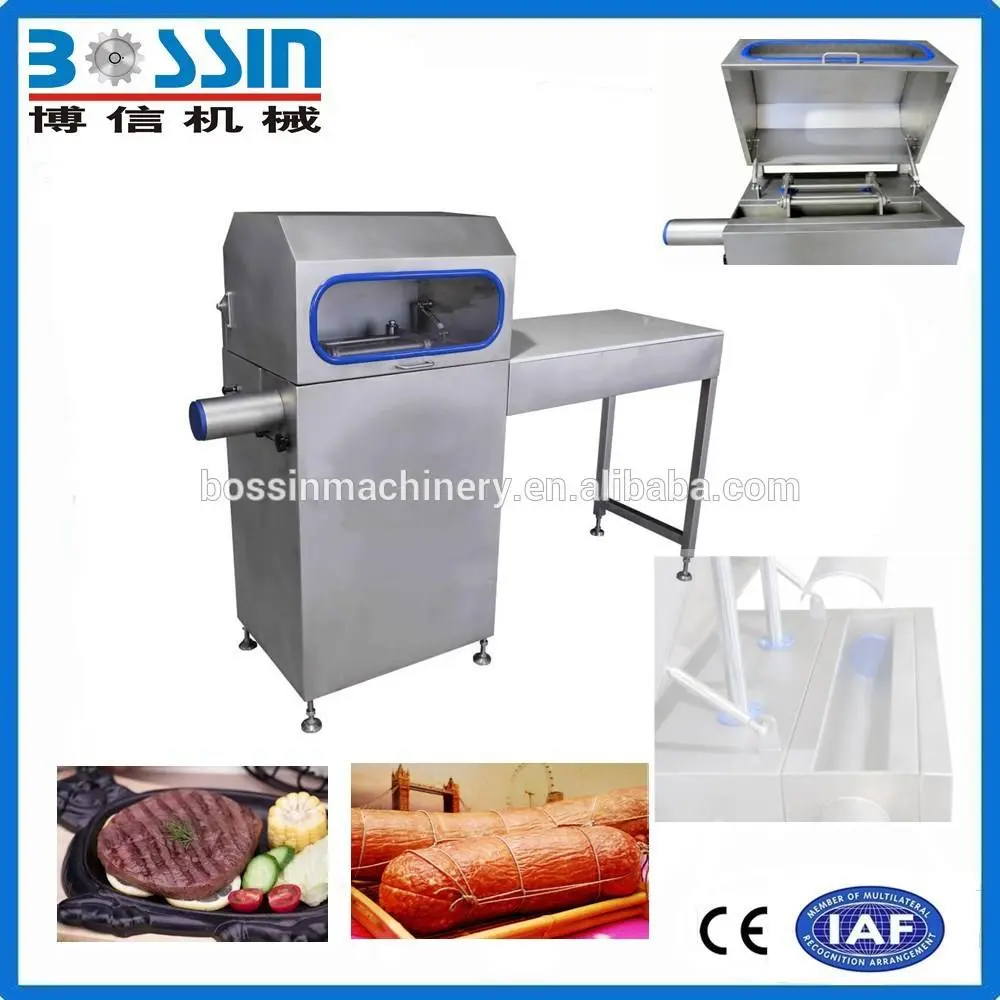
नोव्हेंबर . 10, 2024 04:48 Back to list
Meat and Poultry Tenderizing and Flattening Equipment for Efficient Food Preparation
The Evolution of Meat and Poultry Flattening Machines Enhancing Efficiency in Food Processing
In the modern food processing industry, efficiency and precision are paramount. Among the various innovations that have emerged to streamline operations, meat and poultry flattening machines stand out as essential tools. These machines not only enhance productivity but also ensure that the final product meets the highest quality standards. This article delves into the significance, functionality, and advancements in meat and poultry flattening machines.
Understanding the Need for Flattening
Flattening meat and poultry is a crucial step in many culinary processes. It allows for even cooking, improved presentation, and the creation of uniform portions. For businesses in the food processing sector, achieving consistent thickness is essential for maintaining quality and meeting regulatory standards. Additionally, flattening helps tenderize the meat, making it more palatable for consumers. As a result, the demand for efficient flattening solutions has grown significantly.
How Do Meat and Poultry Flattening Machines Work?
Meat and poultry flattening machines utilize a straightforward mechanism to achieve their objectives. Typically, these machines consist of two rollers that crush the meat to the desired thickness. The meat is fed through the machine, and as it passes between the rollers, pressure is applied. This process not only flattens the meat but also helps in breaking down connective tissues, enhancing tenderness.
Most modern models feature adjustable settings, allowing operators to control the thickness of the meat with precision. This adaptability is especially important in high-volume settings where different recipes may require varying thicknesses. Additionally, many units are designed for easy cleaning and maintenance, which is crucial in maintaining hygienic processing facilities.
Key Benefits of Using Flattening Machines
1. Increased Efficiency Manual flattening processes can be labor-intensive and time-consuming. Meat and poultry flattening machines significantly reduce the time required for this step, allowing workers to focus on other aspects of food preparation and packaging.
meat poultry flattening machine

2. Consistency One of the primary advantages of using a flattening machine is the consistent thickness it offers. Uniformity in meat products not only enhances their appeal but also ensures even cooking, improving overall food safety.
3. Improved Quality By effectively tenderizing the meat, flattening machines enhance the eating experience for consumers. The ability to process large volumes of meat while maintaining quality standards is a significant advantage for food processors.
4. Cost-Effectiveness While the initial investment in a flattening machine may be substantial, the long-term savings in labor and increased output often justify the cost. Automating this process leads to reduced waste and higher profit margins.
Innovations in Flattening Technology
The meat and poultry processing industry has witnessed remarkable advancements in flattening technology. Newer models incorporate features such as digital controls, which enable operators to program specific thickness levels for various products. These innovations not only enhance user experience but also allow for better integration with other automated systems within food processing plants.
Additionally, improvements in materials and engineering have improved the durability and reliability of flattening machines. Enhanced safety features have also been integrated to protect operators, ensuring a safer working environment.
Conclusion
The meat and poultry flattening machine is more than just a piece of equipment; it is a vital component in the modern food processing landscape. As the industry continues to evolve, these machines play a crucial role in enhancing efficiency, quality, and safety. With ongoing technological advancements, their significance is only set to grow, paving the way for more innovative solutions in food production. As businesses adopt these technologies, they not only improve their operations but also respond to consumer demand for high-quality, consistent meat products. Thus, investing in flattening machines is not just a trend but a strategic move towards a more efficient future in the food industry.